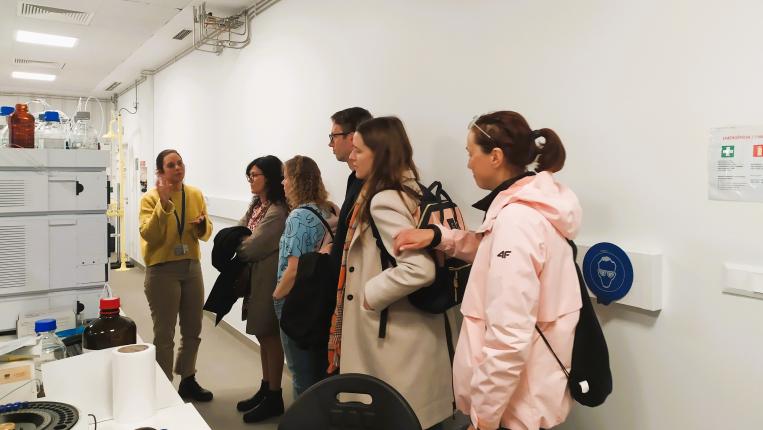Objectives and competences
This CU aims at offering the students an overview of the resources, tools and approaches used to analyze and explore microbial genome, transcriptome, proteome and metagenome data regarding the organization, structure and function of genes and proteins. Mainly based on computational analysis, this course will rely on the development of user skills, on platform and public databases queries, statistical analysis and nucleotide and amino-acid sequence analysis. The case studies and practical exercises will be mainly focused on microbial community studies, structural and functional metagenome analysis, whole genome assembly and annotation, Transcriptome and differential gene expression and protein analysis. Because Bioinformatics and Microbiology are evolving rapidly, the CU is organized in a way that the content and curricula can be adapted to new applications or developments emerging in the area.
Teaching Methodologies
Besides a slot of 9 hours of lectures, the CU will be based on practical exercises through which students will have the opportunity to practice the use of conventional software, web-based applications, and other open source software which they can download for their own use. All the classes will take place in rooms with computers. The tutorials will be an opportunity to develop autonomy on the use of such tools by analyzing specific research or application situations. All the course will be supported by case-studies and the data analyses will be whenever necessary and adequate contextualized regarding its biological meaning.
Syllabus
Overview of the different levels of information at the community, population and cell or sub-cellular levels (T);
Principles and applications of high- throughput techniques for analysis of nucleic acids and proteins (e.g. next generation sequencing: Illumina, Ion Torrent, PacBio), data analysis: genome assembly, ORF prediction, gene annotation, variant detection, RNASeq, metagenomics); MALDI/TOF mass spectrometry) (T)
Cases-studies, based on scientific publications, of different approaches and applications (T)
Public databases (eg genome, metagenome and protein) (TP)
Basic applications and procedures for metagenome analysis, genome assembly and annotation, comparative genomics, phylogeny analysis, prediction of protein structure (TP)
Practical exercises involving the previously explored databases and applications (TP)
Tutorial – a case study based on data available in public databases or in the ESB research center (OT).





